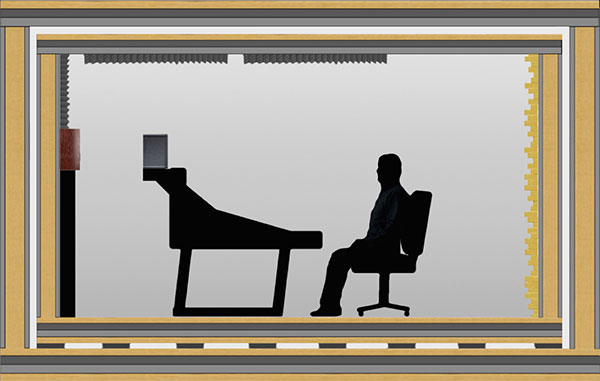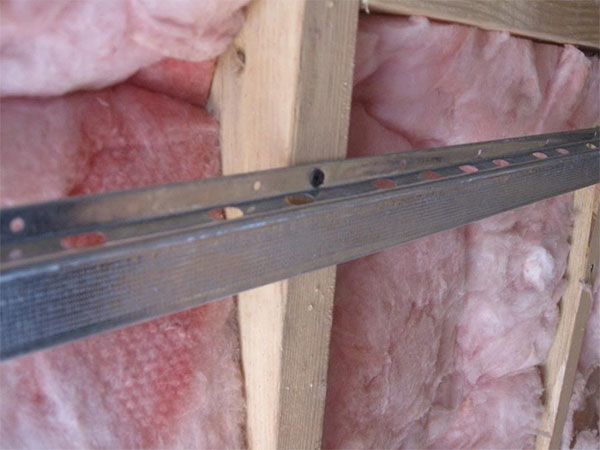I get this question all the time and I figured it was finally time to make a video about it. The short answer is no, you can’t soundproof a room. Is it theoretically possible? Yes, if cost and space is no object, then you can soundproof a room. But let’s talk about more conventional ways to reduce the sound of a room to make it a little more tolerable for your neighbors or housemates.
I once asked a studio engineer in a very nice studio how he would go about soundproofing a room. He said one option would be to build a room entirely out of cinder blocks and fill them with sand. While this may not be practical for too many situations, there is something to be learned from this.
Mass is one of the great barriers to overcoming sound since sound is waves of energy and increasing the mass requires substantial energy to have much of an effect upon something so heavy. Even the loudest sounds produced by musical instruments would have a hard time getting through. Even with all that mass, it still might not be completely soundproof.
Anywhere there is air, sound will escape. With that in mind, the way to help soundproof a room is to eliminate any space air can escape through. The way recording studios do this it to build a room within a room. That is, not only are all the walls duplicated with space between, the floor and the ceiling are “floating” meaning that they come in contact with adjacent structures only at minimal points. The dead air between the structures will inhibit the transfer of sound. The recording room will be contained in it’s own room, then there will be a space before the walls of the existing room. Every room in the studio must utilize this building technique. The ventilation system must be isolated from room to room as well utilizing baffles since any sound deadening is only as effective as the weakest point of isolation.

Notice the empty space between the walls and the ceiling. If you had something between those walls – like a stud in a traditional house or office – it would create mass for the sound to travel through since it isn’t so dense. As you can see in the diagram above, the best way to reduce sound is to have nothing between the two sets of walls. However, the floor will still have sound travel through unless it is floating as described above.
One helpful building method is utilizing resilient channel when putting drywall up. Resilient channels are metal strips that are screwed in perpendicular to the studs in walls which creates a slight gap between the dry wall and the studs. This cuts down on the amount of sound transferred between walls because it prevents the sound of the vibrating drywall from transferring through the stud to the drywall on the other side.

The best solution to soundproofing is to find an existing space that lends itself to soundproofing. For example, if you have a house with an additional building outside.
Some people might wonder why you can’t just put foam egg cartons on the side of a room. Don’t these soundproof?

They actually don’t. These are placed on walls to stop the reflections of sound that occur when sounds hits a wall. Instead of having them reflect back into the room, these foam pieces will absorb some of the sound and reduce it, but they will not soundproof a room. It will make the room quieter therefore it will reduce the amount of sound that transfers from room to room somewhat, but it’s not a solution for soundproofing
The more soft material you fill a room with, the less sound will reflect and travel and the more will be absorbed. Filling a room with large, thick carpets and heavy, cushy furniture will reduce sound in the room. Low frequency are very large sound waves. So, they require large absorptive panels to help deaden those frequencies. These are referred to as, “bass traps”. It might not be satisfying playing in an acoustically dead, room but it will reduce the sound. But it will not soundproof the room.
I hope this has been helpful to you, if you have any more questions about this topic or any other please contact me directly, Robert@LivingPianos.com (949) 244-3729








